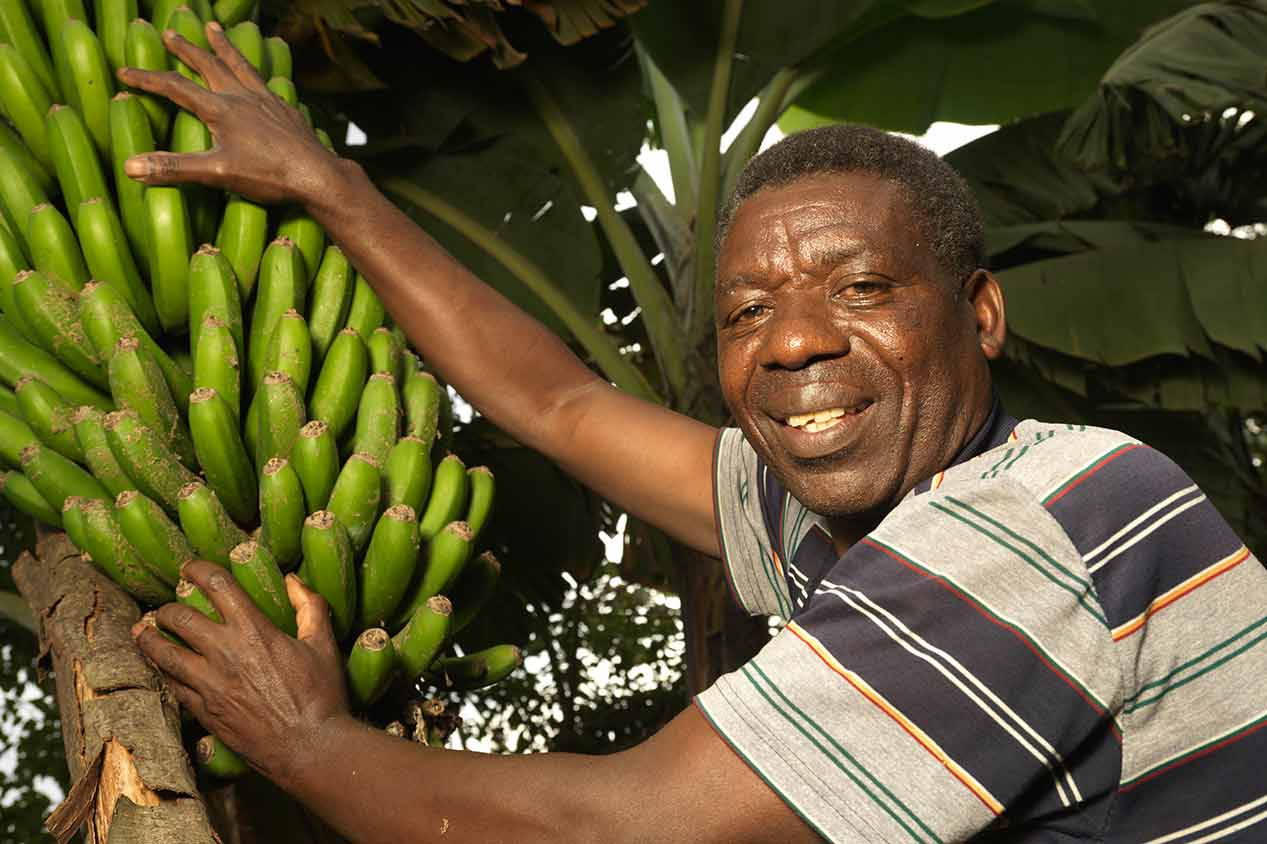Our local development partners specialise in providing financial services to low-income clients. While they all possess strong social development missions, we need to be confident that they not only reach low-income people, but also help them to move out of poverty. To assess this, we firstly look at financial criteria such as repayment rates. Based on this information, we can assume that the purposes for which the loans are being used are in fact generating returns, as the loans are being regularly repaid and borrowers are seeking repeat loans.
Other financial criteria including the number of loans issued to female-headed households, loan size, the purposes for which the loan is used, average loan size, and number of loans per employee are also useful indicators. With this information, we draw up a profile of borrowers in terms of gender, age, location, marital status and type of financed activity. On a quarterly basis, our local development partners provide us with a summary of their financial performance. This combines information on the above indicators as well as details on the value of loans outstanding, financial and operational sustainability, and portfolio at risk.
However, we must remember that the above focuses mainly on the institutional health of the organisation rather than the health or well-being of the borrowers. For example, high repayment rates can be misleading, especially if borrowers seek funds from third party sources so that they can repay on time, making them further indebted. The number of loans given to women may hide the fact that husbands or other male relatives on occasions appropriate loans and invest badly or misuse the money altogether, leaving women borrowers with heavy repayment burdens. To address this, we do not rely solely on financial indicators to measure impact. Instead, we complement the information gathered through monitoring financial criteria with more in-depth qualitative social performance analysis that examines the changes in the lives and businesses of borrowers. This information is also useful because it helps us understand the ways in which borrowers utilise loans, the constraints they face, and the reasons for success or failure. We conduct this work in collaboration with the University of Portsmouth who have designed and overseen a household economic survey that interviews clients and non-clients and collects data on a range of social and economic indicators.
We strongly encourage our local development partners to adopt the Poverty Probability Index (PPI), a poverty measurement tool for organisations with a mission to serve low-income people. Financial and social ratings help our partners to enhance their social impact and to continuously improve their financial performance.
The Christmas
gift that keeps
on giving…
Buy a gift voucher

As well as making loans, you can also support entrepreneurs in developing countries by making a donation to help secure the future growth of Lendwithcare